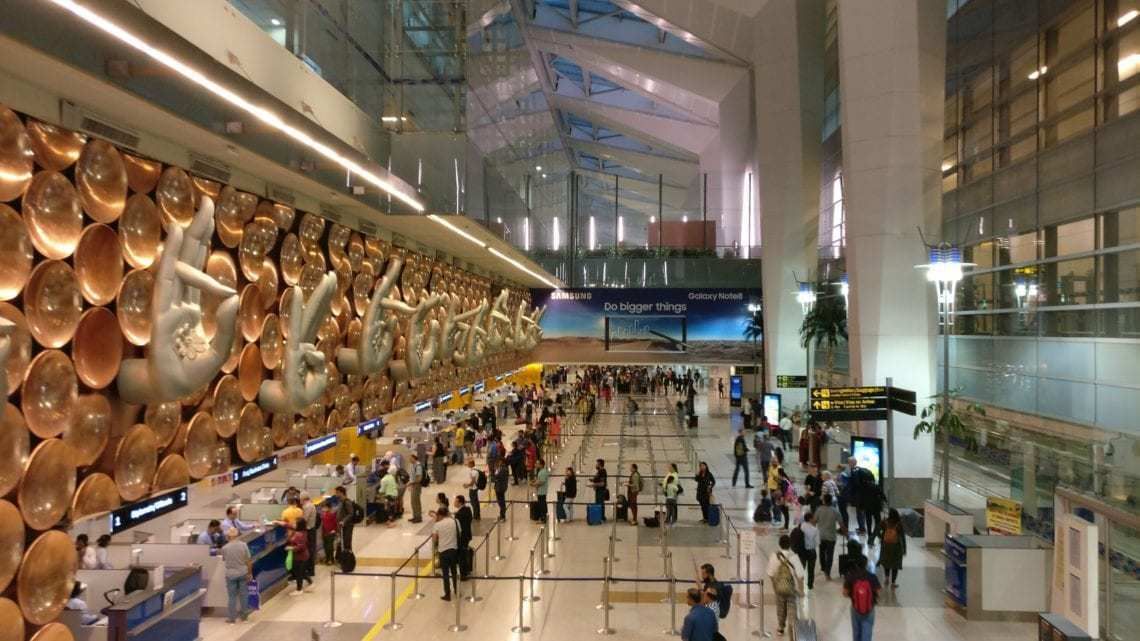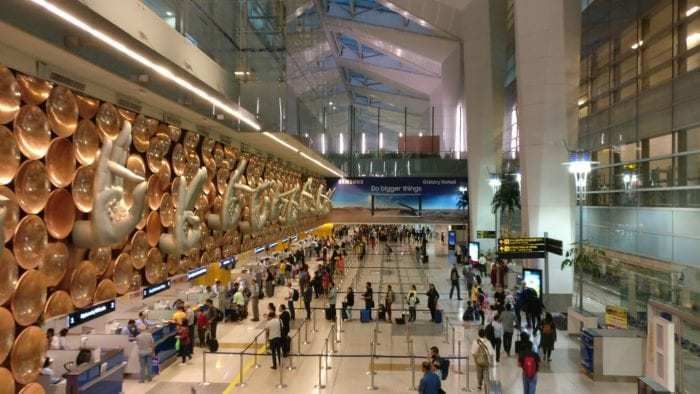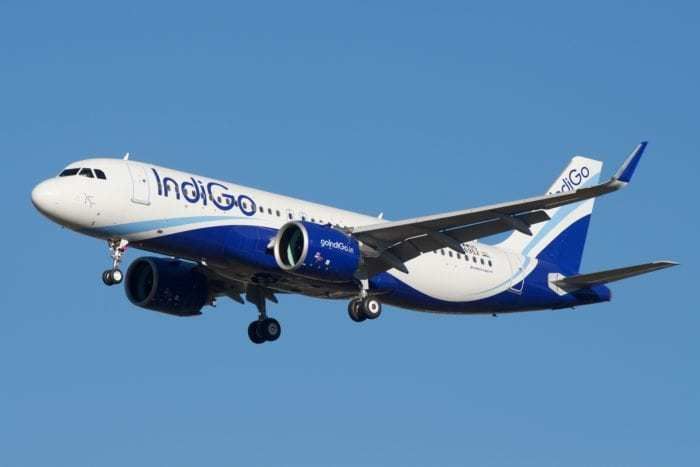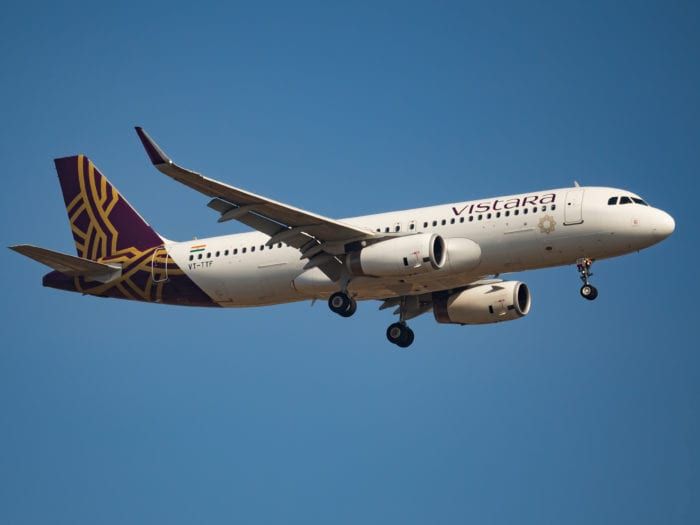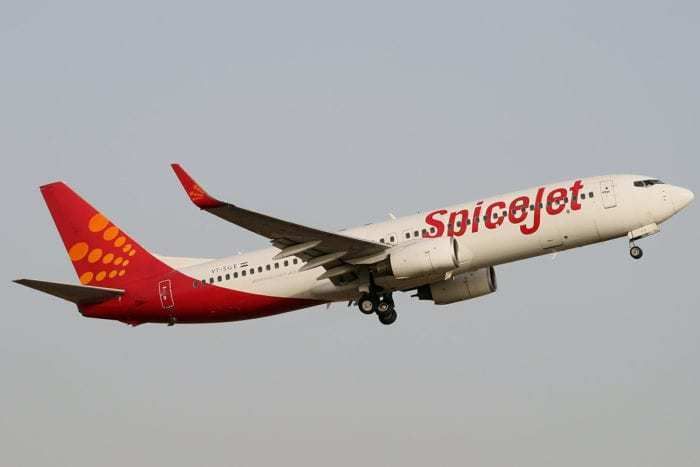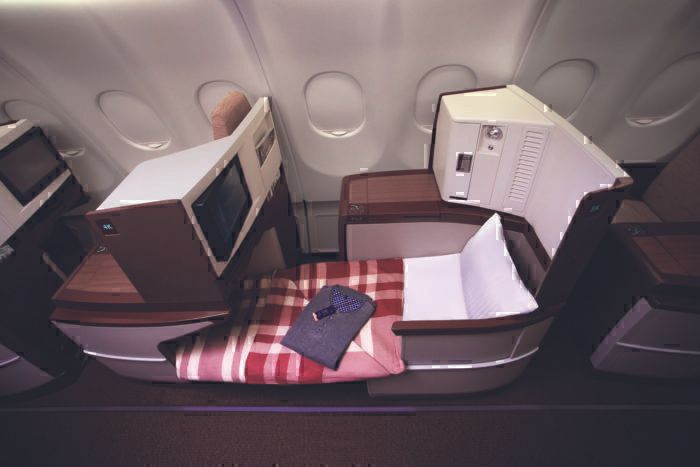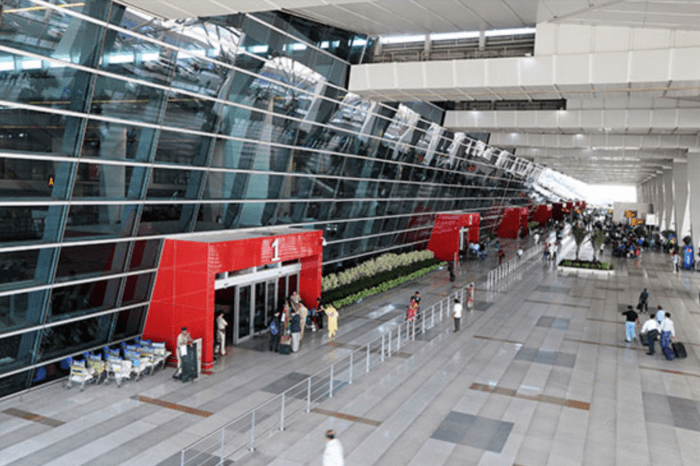India is one of the largest aviation markets in the world. The market has some unique features that make it difficult for airlines to expand without breaking the bank. As major Indian airlines struggle, the passenger count to and from India continues to grow each year. Looking ahead, what will Indian aviation look like in 30 years time?
Major players
Like many aviation markets, there are a few main types of airlines. Some airlines are low-cost carriers that offer low fares with few inclusive amenities. Others may identify as full-service carriers that offer a more premium experience compared to low-cost carriers.
Still, some airlines operate as “boutique” airlines that serve a specific niche in a specific market. India, though missing out on a major boutique airline, still has a robust aviation market.
Low-cost carriers are some of the largest and fastest growing in India. Fare wars are common and passengers benefit with low ticket prices to various destinations. For foreign and domestic tourists, this is a huge win for their budget.
Business travelers, however, may prefer full-service carriers with expanded offerings- like lie-flat seats and lounge access. Currently, India’s main full-service carrier is Air India. Rival Vistara could gain ground and become a major competitor to Air India.
Travelers
India is seeing growth in passenger numbers on a yearly basis. In 2018, India’s full-year domestic growth rate was 18.6%- an impressive increase that solidified India’s status as the fastest growing domestic market.
In fact, the IATA estimates that by 2037, India will see a total of 572 million passengers per year. For airlines, this represents a major opportunity for growth. For passengers, this means India’s airports and skies are about to get crowded - but could it push fares even lower?
Fare wars
India has already seen a significant chunk of the market overcome by fare wars. Between high-demand cities and leisure markets, India’s low-cost carriers are continuing their expansion. Even now, long-haul markets are next as low-cost carriers seek connecting passengers in addition to origin and destination passengers.
With intense competition comes intense pressure on airlines to increase their loads by offering either the best product or the best fare. Most passengers in India are going to search for lower fares- as emphasized with Jet Airways’ recent collapse and the impressive growth of low-cost carriers.
For full-service carriers, this erodes an important share of their profitability: long-haul flying. Airlines can make a profit by offering a significant number of connections and destinations. Though full-service carriers make a larger profit in premium cabins, the number of premium passengers is not large enough to compensate for the erosion of economy seats sold at a reasonable price where an airline can expect to make a profit.
Congestion
Delhi and Mumbai airports are the busiest airports in India. Since they both are running out of room to expand on, new airports must be constructed to add capacity to the cities in heavy demand, even as these airports continue to expand. India will still have to do some long-term planning when it comes to mapping out airports and expansion. Some examples include New York City with three major airports and London with five major airports.
Mumbai is expected to open a new airport- Mumbai Navi- after 2020. Meanwhile, Delhi could see a new airport open up in the mid-2020s. Of course, new airport delays are common and some may take a long time to open. In the meantime, airlines will have to battle heavily for slots at these airports. For passengers, this could lead to longer wait times at security, immigration, and check-in.
India is undergoing a boom with new airport construction that will definitely help push passenger numbers up. However, most flights to these new airports are focused on connecting passengers through a larger airport or hub. One way India could plan out their airports is to reserve airports farther from the city center and central business district for connections where passengers don't necessarily care about the location of the airport in reference to the city.
Overall
India's aviation market is going to continue to grow. Soon enough, India will be one of the top three largest aviation markets in the world. Airlines and airport developers will have to reckon with this new expansion by focusing on expanding and maintaining infrastructure. In addition, airlines will have to seek ways to remain profitable while still remaining competitive for all kinds of passengers.
What do you think India's aviation market will look like in 2050? Let us know in the comments!

